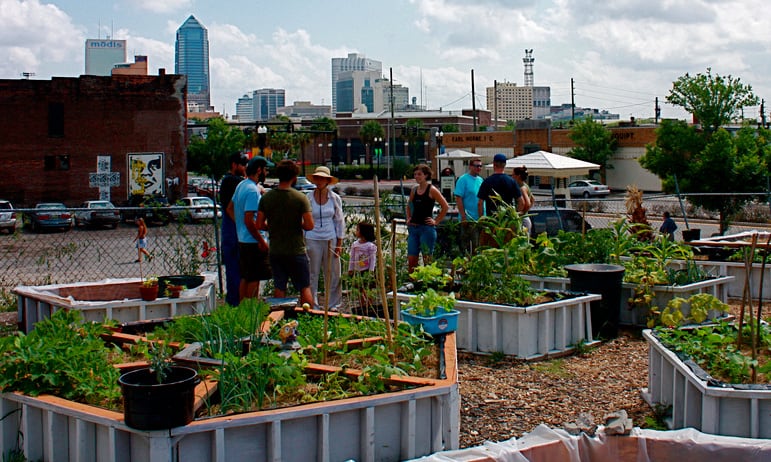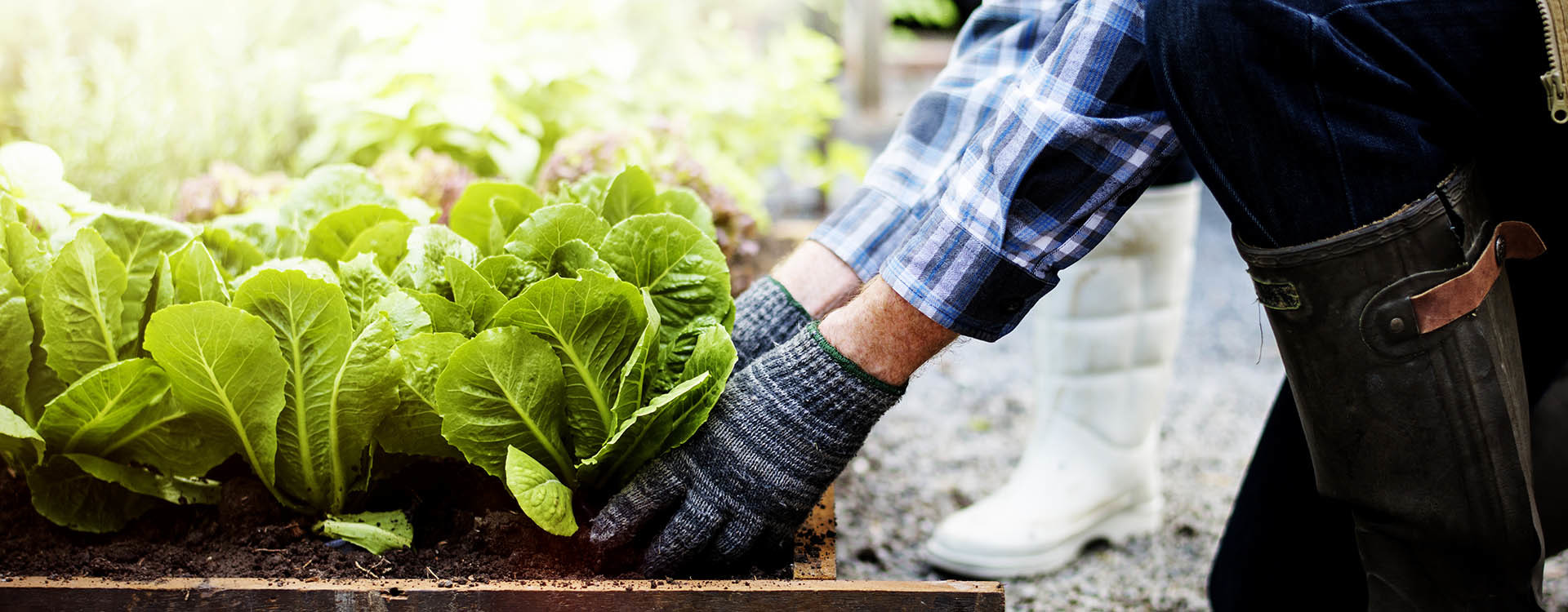Little Known Facts About City Blooming.
Little Known Facts About City Blooming.
Blog Article
Top Guidelines Of City Blooming
Table of ContentsThings about City BloomingThe smart Trick of City Blooming That Nobody is DiscussingCity Blooming Things To Know Before You BuyThe Best Strategy To Use For City BloomingCity Blooming for Beginners
Fascinated in growing food for sale in the City of Chicago? Below is a checklist of regularly asked concerns regarding the rules and policies that cultivators should think about when planning an urban farming job.
The zoning change does not modify any kind of various other codes taking care of composting, structure licenses, purchasing or renting City owned property, service licenses or environmental contamination. There are existing codes that regulate these concerns and they remain completely effect and might apply to your job. Community gardens are usually had or taken care of by public entities, civic organizations or community-based companies and maintained by volunteers.
Urban farms grow food that is planned to be offered, either on a not-for-profit or for-profit basis. Because of their business purpose, metropolitan ranches require an organization certificate. Yes. A community garden is permitted to offer excess create that was expanded on site if the sales are accessory or subservient to the garden's main objective described above.
The Buzz on City Blooming
The amount of compost material can not surpass 25 cubic yards at any kind of provided time according to the standards in 7-28-715 of the City's Municipal Code. Due to the fact that the dirt at the majority of brand-new yard sites requires changing, garden compost, soil, wood chips, or other products can be gotten to create or improve the growing room.

If a building permit is required then the hoophouse will be taken into consideration an accessory structure. You can figure out even more regarding the building permit needs by calling the Department of Buildings. The 25,000-square-foot dimension limitation is intended to stop a solitary neighborhood yard from dominating a provided block or taking away from the block's existing residential or industrial character.
The restriction does not use to gardens located in Public Open Area (POS) areas. Can there be even more than one community yard that is 25,000 square feet on a solitary block? Fencing is not required, nonetheless, yards that have huge auto parking areas might be called for to mount fence or other landscaping attributes.
Facts About City Blooming Uncovered
B1 & B2 districts need that all business use tasks be carried out inside your home. Is fence needed for metropolitan ranches? Fences may be required, along with landscaping and testing, for particular auto parking areas and exterior job or storage space locations depending on location and the particular activity taking area.
Yes. Urban farms require building authorizations and zoning authorizations prior to building and construction. Other kinds of city testimonial may be required relying on details structures, activities, dimension, landscape design, licensing, public heath and stormwater management problems. A lot of these needs are identified in the job design or permitting procedure, nonetheless, the candidate might be liable to separately identify certain licenses or permits that may be required.
Yes. The type of permit is established by what is happening at the website. The Department of Organization Affairs and Consumer Defense can help identify the specific sort of organization permit that's called for. Yes. Off road parking is required for the majority of commercial projects in Chicago. The required number of garage is based upon the variety of workers working with website and not the square video of the expanding space.
Getting The City Blooming To Work

Yes. A city farm can offer garden compost material generated on site, nonetheless, the operation must adhere to the policies in 7-28-715 of the Chicago Municipal Code. Yes. Aquaponic systems are allowed inside your home on city farms in lots of zoning districts. A zoning review and structure permit is called for in order to mount frameworks or systems and a service license is called for as described above.
Up to five hives or nests of honey bees may be maintained as an accessory usage. Beekeepers must register with the Illinois Department of Farming. For additional information regarding the proposed zoning modification you might speak to the Division of Real Estate and Economic Advancement, Bureau of Planning and Zoning at 312.744.8563.
Farming in cities and urban locations A city farm in Chicago. Urban agriculture describes different practices of cultivating. https://www.goodreads.com/user/show/179466644-daniel-nold, handling, sites and dispersing food in city locations. The term also relates to the area tasks of animal husbandry, tank farming, beekeeping, and gardening in a city context. Urban farming is distinguished from peri-urban agriculture, which takes area in rural areas beside suburbs.
9 Simple Techniques For City Blooming
It can include an activity of natural growers, "foodies" and "locavores", who look for to form socials media started on a common ethos of nature and community holism. These networks can establish using formal institutional assistance, becoming incorporated right into regional community planning as a "transition town" movement for sustainable urban growth.
The more straight accessibility to fresh veggie, fruit, and meat items that might be know with urban farming can enhance food protection and food safety while decreasing food miles, causing lower greenhouse gas emissions, thus adding to environment change reduction. Several of the first evidence of metropolitan farming comes from Mesopotamia.
Report this page